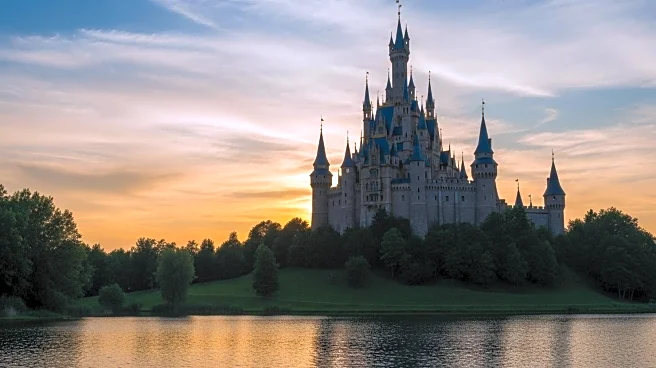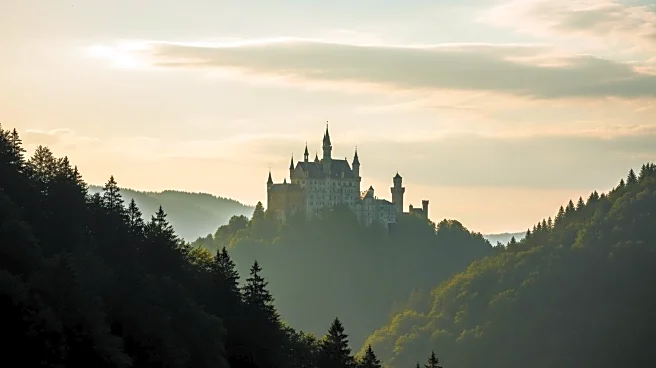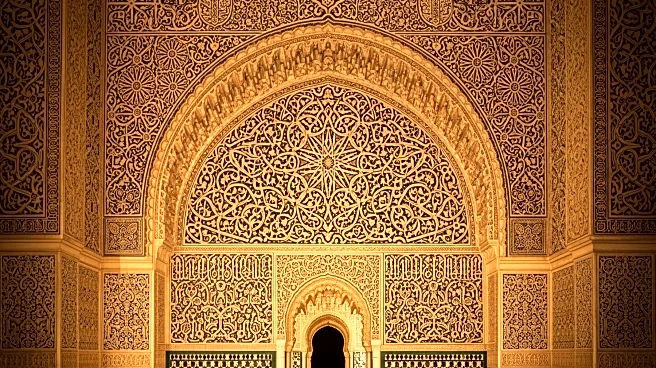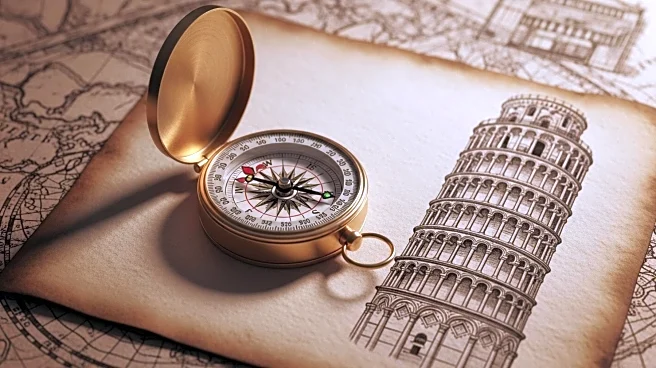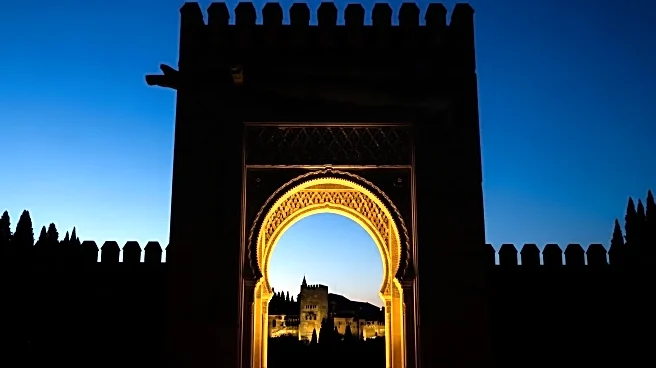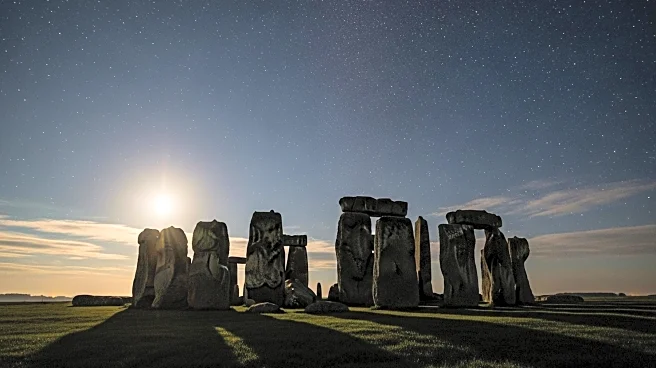What is the story about?
Neuschwanstein Castle's journey from conception to becoming a cultural icon is a fascinating tale of ambition and artistry. Commissioned by King Ludwig II of Bavaria in the 19th century, the castle was designed as a tribute to Richard Wagner and a retreat from the pressures of royal life. Its construction, spanning several decades, reflects Ludwig's dedication to creating a masterpiece that embodies the romantic ideals of his era.
Origins
The origins of Neuschwanstein Castle can be traced back to King Ludwig II's childhood, where he first envisioned a castle on the rugged hill above Hohenschwangau. Inspired by Wagner's operas and medieval architecture, Ludwig commissioned the castle in 1869, setting the stage for a project that would become a symbol of his reign and artistic vision.Key Phases
The construction of Neuschwanstein Castle involved several key phases, beginning with the laying of the foundation in 1869. Architects Christian Jank, Eduard Riedel, and Georg von Dollmann played crucial roles in designing the castle's Romanesque Revival style. The topping out ceremony in 1880 marked a significant milestone, although the castle remained incomplete at Ludwig's death in 1886.Turning Points
A major turning point in the castle's history occurred with Ludwig II's death in 1886, which halted construction and led to the opening of the castle to the public. This shift transformed Neuschwanstein from a private retreat into a cultural landmark, attracting visitors from around the world and solidifying its status as a symbol of Bavarian heritage.Present Status in Source
Today, Neuschwanstein Castle is recognized as a UNESCO World Heritage Site, celebrated for its architectural beauty and historical significance. It remains one of Germany's most popular tourist attractions, drawing millions of visitors annually who come to experience its fairy-tale charm and learn about its storied past.AI Generated Content
Do you find this article useful?





